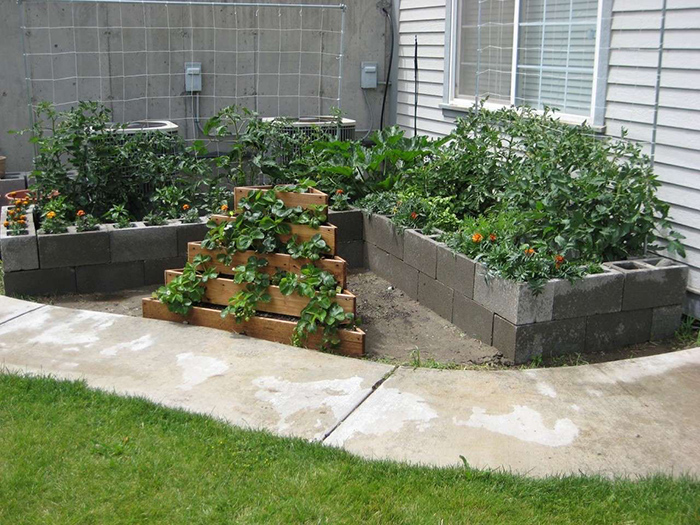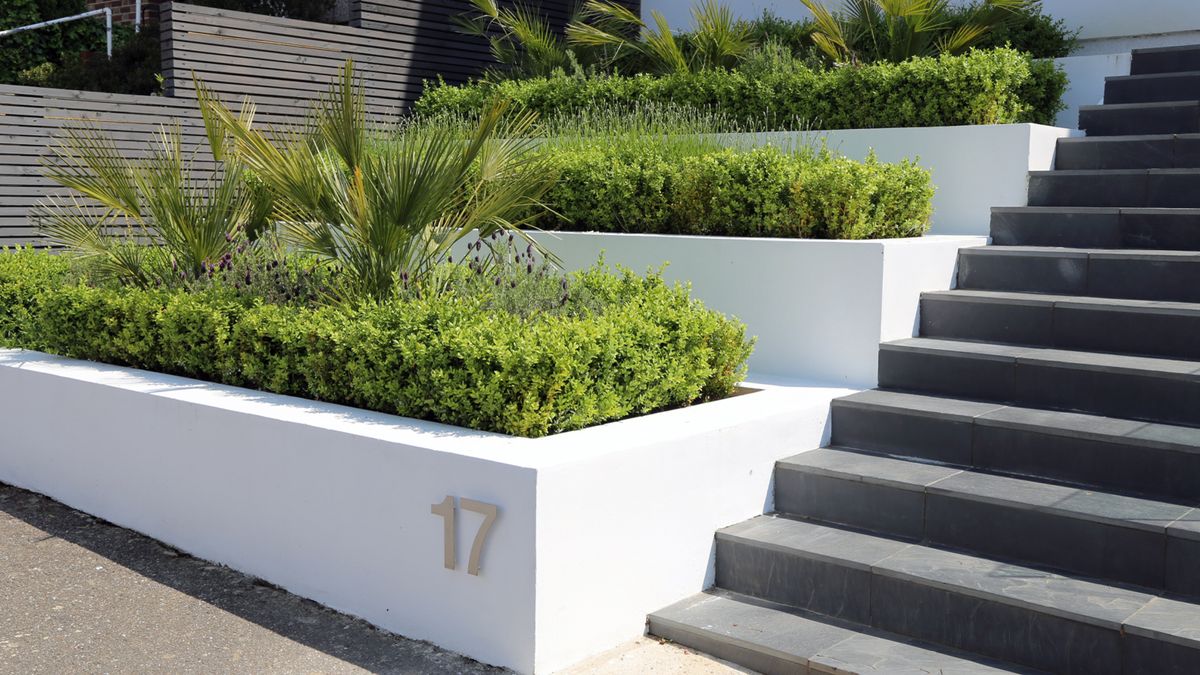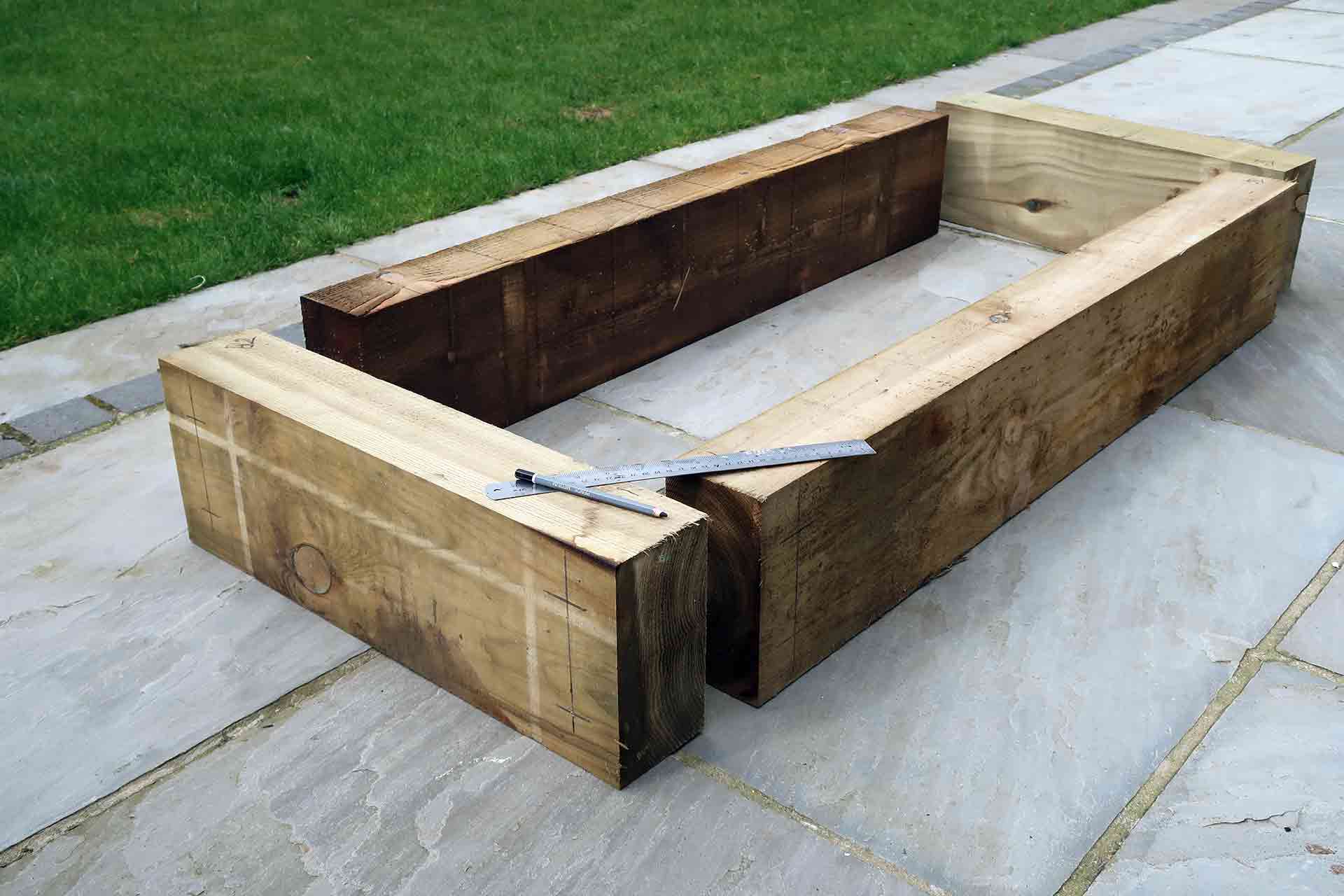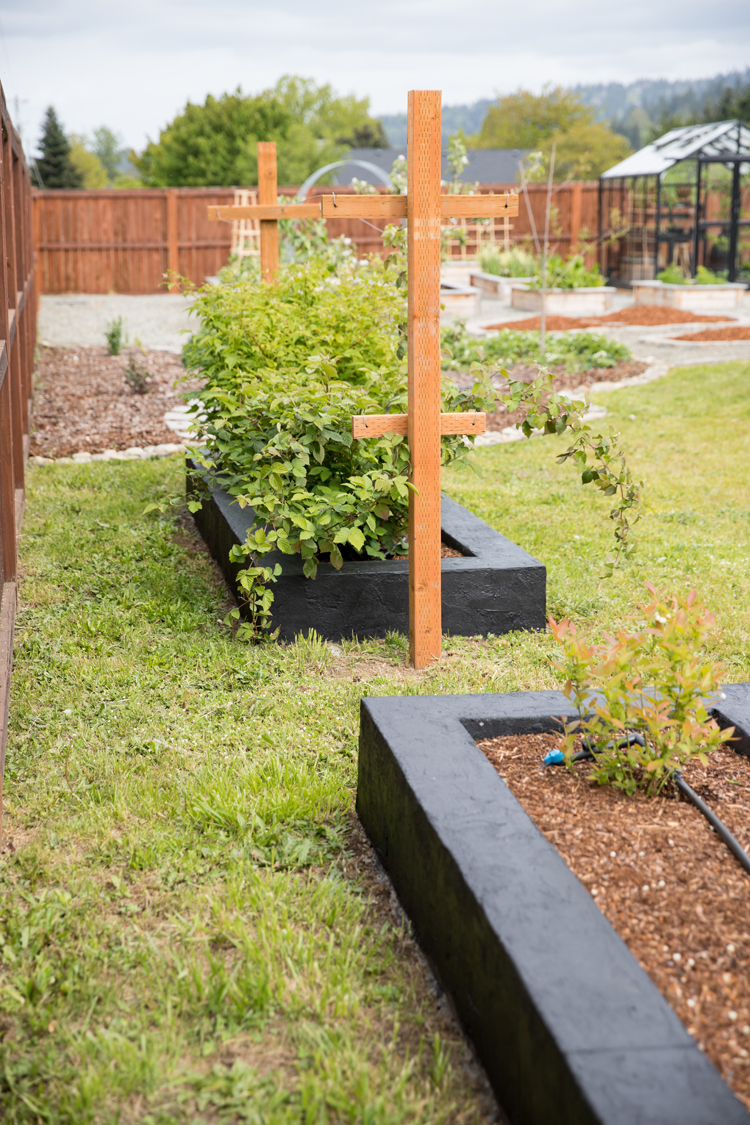How To Build A Block Garden Bed In Minutes Or Less
Introduction
Raised garden beds are a great way to improve your gardening experience. They can help to improve drainage, reduce pests and diseases, and extend your growing season. If you're looking for a quick and easy way to build a raised garden bed, then using concrete blocks is a great option.
In this blog post, I will walk you through the steps on how to build a block garden bed in minutes or less. I will provide clear and concise instructions, as well as helpful tips and tricks. By the end of this post, you will have all the knowledge you need to build your own block garden bed.
Materials Needed
- Concrete blocks
- Mortar mix
- Level
- Shovel
- Rake
- Gloves
- Safety glasses
- Work boots
Instructions
- Choose a location for your raised garden bed. The location should receive at least 6 hours of sunlight per day.
- Mark the outline of your raised garden bed. Use a shovel to remove any sod or vegetation in the marked area.
- Dig a trench around the perimeter of your raised garden bed. The trench should be 6 inches deep and 3 inches wide.
- Place the concrete blocks in the trench, staggering them so that the holes are not aligned.
- Mix the mortar according to the package directions.
- Apply the mortar to the joints between the concrete blocks.
- Use a level to make sure that the concrete blocks are level.
- Let the mortar dry for 24 hours.
- Fill your raised garden bed with soil.
- Plant your favorite vegetables and herbs!
Tips and Tricks
- If you are building a large raised garden bed, you may want to consider using a wheelbarrow to transport the concrete blocks.
- If you are building a raised garden bed in an area with poor drainage, you may want to add a layer of gravel or sand to the bottom of the trench before placing the concrete blocks.
- You can use any type of soil in your raised garden bed, but a good quality potting mix is recommended.
- Water your raised garden bed regularly, especially during hot, dry weather.
- Fertilize your raised garden bed every few weeks with a balanced fertilizer.
Conclusion
Building a block garden bed is a quick and easy way to improve your gardening experience. By following the instructions in this blog post, you can have your own block garden bed in minutes or less. So what are you waiting for? Get started today!
If you're thinking about building a raised garden bed, concrete blocks are a great option. They're durable, affordable, and easy to find. Plus, they can be used to create beds of any size or shape.
To learn more about how to build a block garden bed, visit Home Gardening. This website has a detailed tutorial with step-by-step instructions, as well as photos and videos to help you visualize the process.
FAQ of block garden bed
- What is a block garden bed?
A block garden bed is a raised garden bed that is made up of individual blocks. This type of garden bed is often used in small spaces, as it can be easily customized to fit the available area. Block garden beds can also be used to create a more visually appealing garden, as the blocks can be arranged in different patterns.
- What are the benefits of using a block garden bed?
There are many benefits to using a block garden bed. Some of the most common benefits include:
* Improved drainage: Raised garden beds allow for better drainage, which is important for plants that do not like wet feet.
* Reduced soil compaction: The weight of the blocks helps to prevent soil compaction, which can make it difficult for plants to grow.
* Easier access: The raised height of block garden beds makes it easier to reach plants, especially for people with limited mobility.
* Better pest control: The raised height of block garden beds can help to deter pests, such as rabbits and rodents.
* More efficient use of space: Block garden beds can be used to create more growing space in a small area.
- What materials can I use to build a block garden bed?
There are many different materials that you can use to build a block garden bed. Some of the most common materials include:
* Wood: Wood is a natural and affordable material that is easy to work with. However, wood is susceptible to rot and decay, so it is important to treat it with a preservative.
* Concrete: Concrete is a durable and long-lasting material that is resistant to rot and decay. However, concrete can be heavy and difficult to work with.
* Brick: Brick is a durable and attractive material that can add a touch of elegance to your garden. However, brick can be expensive and time-consuming to work with.
* Stone: Stone is a natural and durable material that can add a touch of rustic charm to your garden. However, stone can be heavy and difficult to work with.
- How do I choose the right size for my block garden bed?
The size of your block garden bed will depend on a number of factors, including the amount of space you have available, the type of plants you want to grow, and your personal preference. However, as a general rule of thumb, block garden beds should be at least 3 feet wide and 6 feet long.
- How do I fill my block garden bed?
The best way to fill your block garden bed is with a high-quality potting mix. Potting mix is designed to provide plants with the nutrients and drainage they need to thrive. You can also add compost or manure to your potting mix to improve its fertility.
- How do I plant my block garden bed?
Once your block garden bed is filled, you can start planting your seeds or seedlings. When planting, be sure to follow the spacing recommendations on the plant tag. You should also water your plants regularly, especially during the first few weeks after planting.
- How do I maintain my block garden bed?
The maintenance requirements for your block garden bed will depend on the type of plants you are growing. However, in general, you should water your plants regularly, fertilize them every few weeks, and weed your garden bed as needed. You should also mulch your garden bed to help retain moisture and suppress weeds.
- How long do block garden beds last?
The lifespan of a block garden bed will depend on the materials you use to build it and how well you maintain it. Wood and concrete block garden beds can last for many years if they are properly treated and maintained. Brick and stone block garden beds can last for decades if they are well-built.
Image of block garden bed
- A raised garden bed made from concrete blocks. The blocks are stacked in a rectangular pattern and filled with soil. There are plants growing in the bed, including tomatoes, cucumbers, and peppers.

- A square garden bed made from cinder blocks. The blocks are stacked in a single layer and filled with soil. There are plants growing in the bed, including carrots, lettuce, and radishes.

- A long, narrow garden bed made from retaining wall blocks. The blocks are stacked in a single layer and filled with soil. There are plants growing in the bed, including strawberries, herbs, and flowers.

- A garden bed made from recycled bricks. The bricks are stacked in a free-form pattern and filled with soil. There are plants growing in the bed, including tomatoes, squash, and beans.

- A garden bed made from wooden pallets. The pallets are stacked in a rectangular pattern and filled with soil. There are plants growing in the bed, including potatoes, peas, and onions.

- A garden bed made from old tires. The tires are stacked in a circular pattern and filled with soil. There are plants growing in the bed, including tomatoes, peppers, and eggplants.

- A garden bed made from stone slabs. The slabs are stacked in a rectangular pattern and filled with soil. There are plants growing in the bed, including roses, lavender, and thyme.

- A garden bed made from railroad ties. The ties are stacked in a rectangular pattern and filled with soil. There are plants growing in the bed, including blueberries, raspberries, and blackberries.

- A garden bed made from bricks and wood. The bricks form the base of the bed and the wood forms the sides. The bed is filled with soil and there are plants growing in it, including tomatoes, cucumbers, and zucchini.

- A garden bed made from cinder blocks and old fencing. The cinder blocks form the base of the bed and the fencing forms the sides. The bed is filled with soil and there are plants growing in it, including carrots, lettuce, and radishes.

Post a Comment for "How To Build A Block Garden Bed In Minutes Or Less"